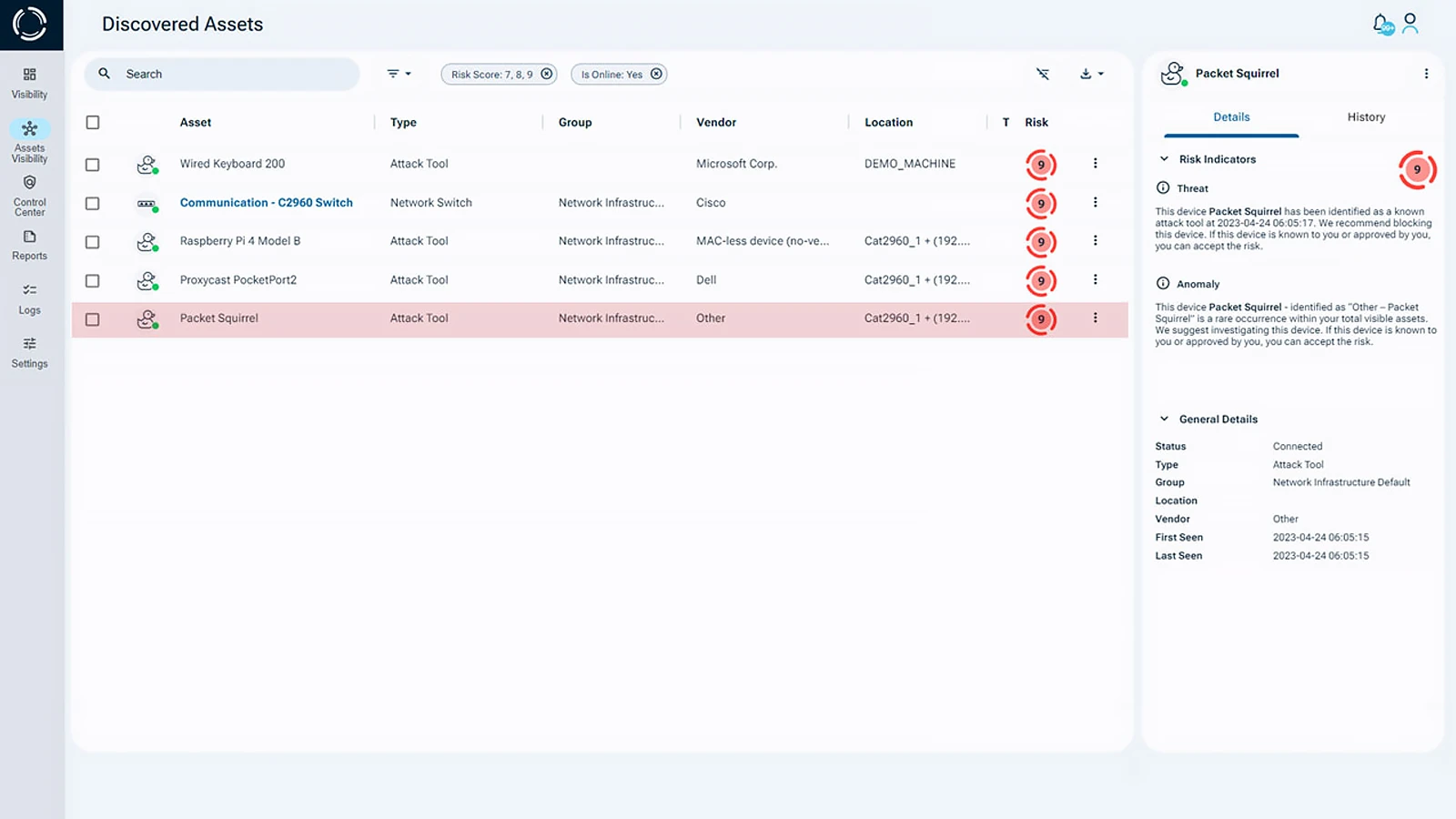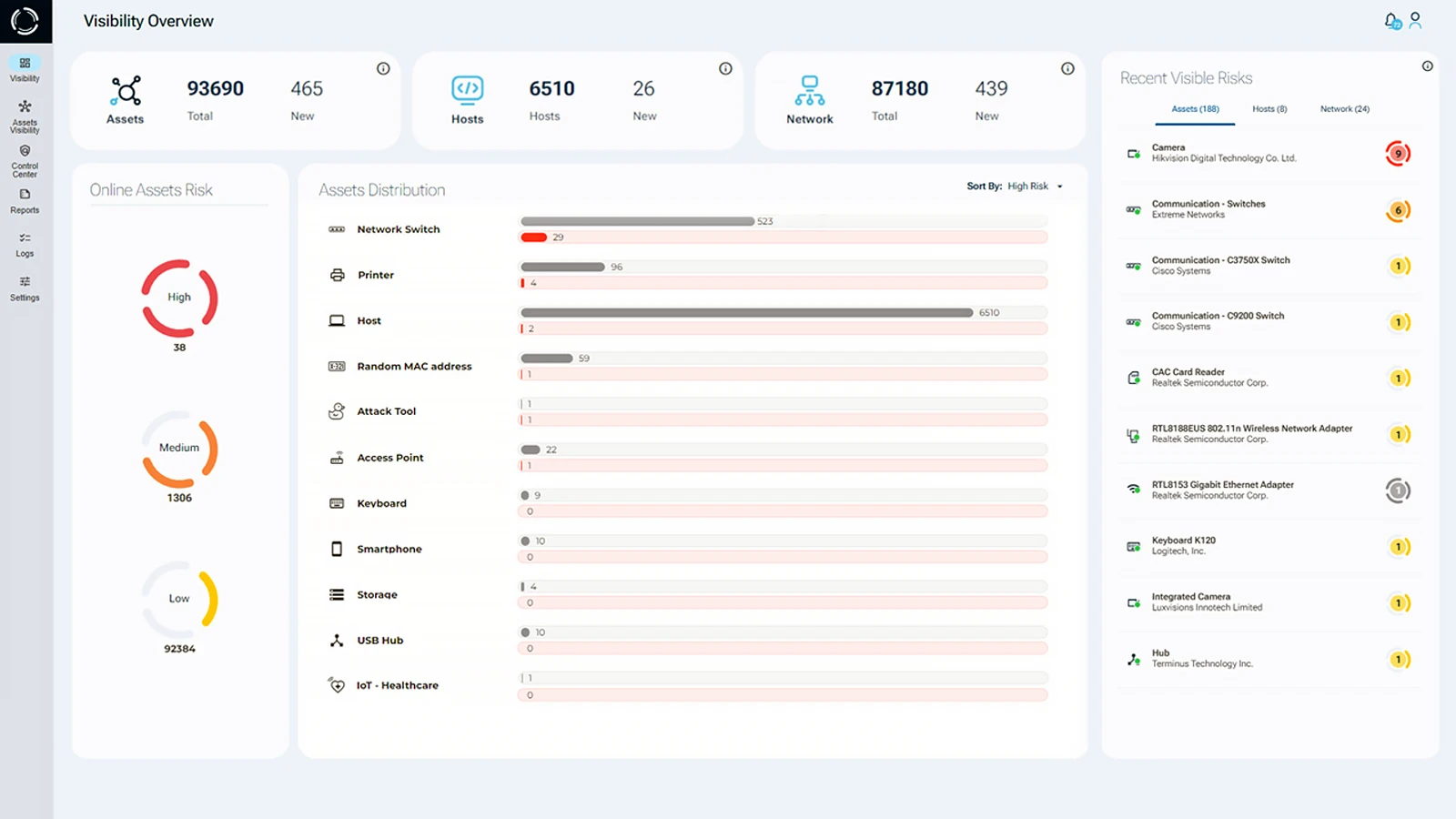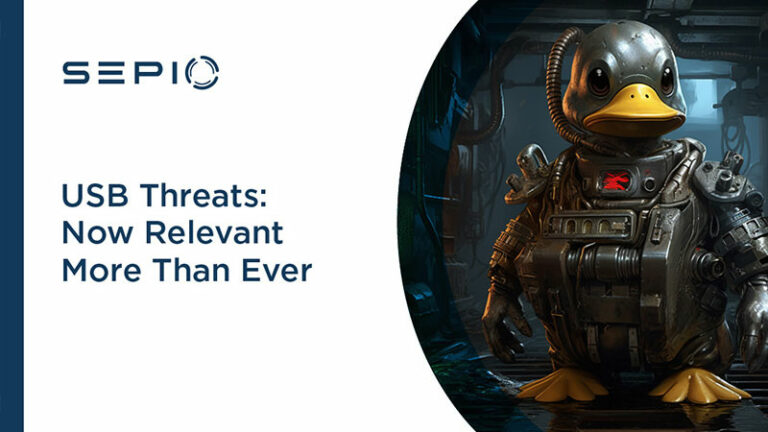What is a Bad USB?
A Bad USB is a type of security exploit where a USB device, like a flash drive or even a seemingly harmless peripheral (e.g. keyboard, mouse, etc.), is reprogrammed or designed to act maliciously once plugged into a computer.
What is a Bad USB attack?
A Bad USB (or BadUSB) attack is a cybersecurity threat where a USB device is either manufactured with malicious firmware or altered to behave maliciously. When plugged into a computer, this compromised USB can silently execute harmful commands, exploit vulnerabilities, or install malware without the user’s knowledge.
Bad USB exploits the process of device identification, where attackers can manipulate the USB device’s descriptors. Such as manufacturer, product name, and product ID, allowing the device to spoof its identity. This enables BadUSB devices to bypass security measures, gain unauthorized access, and potentially deliver harmful payloads, all while appearing as legitimate peripherals.
Bad USB Attack Case Study
A company was awarded with a $50 Best-Buy gift card in a letter, which had a USB stick. When plugged in, the device displayed a list of items available for purchase. However, the company recognized it as a malicious scheme and contacted security professionals from a cybersecurity firm instead. The investigation revealed this was a BadUSB attack.
Known hackers like DarkHotel and RevengeHotels have a history of using rogue devices, BadUSB drives to infiltrate systems in the hospitality industry.
This rogue device attack exploited a USB flash drive that posed as a genuine keyboard, bypassing existing cybersecurity solutions. After investigating, it was determined that the bad USB acted like a keyboard. It executed keystrokes to launch a PowerShell command that then downloaded malware. This ultimately led to ransomware installation, crippling the company’s network and causing significant data loss.
These advanced attacks exploit trusted device functionalities, making detection and prevention extremely challenging. Bad USB storage devices, nearly indistinguishable from regular flash drives, pose a significant and often overlooked security risk that even advanced security systems struggle to identify. Only deep physical layer visibility, combined with advanced detection technologies, can effectively protect against these stealthy Bad USB threats.
How Bad USB Attacks Evade Cybersecurity?
Bad USB attacks exploit hardware vulnerabilities by leveraging devices like an Arduino microcontroller ATMEGA32U4, programmed to masquerade as a trusted keyboard. This deceptive device stealthily executes malicious commands on the target computer, enabling malware installation that often goes undetected for extended periods, bypassing traditional network defenses. Such attacks are particularly effective because they evade detection methods focused solely on software vulnerabilities, posing a significant information-security threat to organizations that rely exclusively on software-based cybersecurity measures.
Challenges in Detecting Bad USB
Bad USB attacks are difficult to detect because existing security solutions often identify them as legitimate Human Interface Devices (HID), which mimic authorized device behaviors. For example, a HID composite device, a device combining multiple HID interfaces, such as a keyboard and a mouse, can appear as multiple devices to the host computer, complicating detection efforts. This often causes traditional endpoint protection to fail, leaving organizations vulnerable to hardware-based threats.
The challenge is further compounded by the use of hubs, which expand a single USB port into several. USB hubs, whether bus-powered or self-powered, can include multiple devices within them. This creates additional complexity in identifying potentially rogue devices connected to the host system. Manually checking each device, peripheral, or hub is impractical due to the sheer volume of devices and the risk of missing threats, which could result in serious security breaches.

Bad USB hardware threats require organizations to deploy security solutions capable of identifying and blocking rogue devices. Sepio’s technology addresses this need by providing comprehensive visibility into USB storage devices, HID composite devices and other peripherals. By continuously monitoring and analyzing devices at the physical layer, Sepio ensures that sensitive information remains protected against sophisticated data-security threats. This proactive approach enables organizations to detect and respond to potentially dangerous devices before they can cause harm.
Hardware Assets Visibility
IT and security professionals often face challenges in maintaining full visibility and an accurate asset inventory of connected network assets. This lack of oversight weakens hardware-related security policies, especially those concerning USB port access, thereby increasing the risk of security breaches, unauthorized data transfers, hacking, social engineering attacks, and other forms of cybercrime. Hackers frequently exploit these visibility gaps to gain access to critical systems or sensitive data.
Bad USB Visibility
Bad USB devices pose a significant threat, making comprehensive hardware asset visibility essential for mitigating these risks. This includes monitoring endpoint security and all connected assets to ensure every device is accounted for and properly protected. By implementing robust security management practices, organizations can enable real-time monitoring of connected assets. This proactive approach helps prevent denial-of-service (DDoS) attacks and data leaks, while also guarding against cyber threats that exploit peripheral hardware as entry points.
Bad USB and Rogue Device Mitigation
Sepio is a leader in Rogue Device Mitigation, offering advanced detection of hidden Bad USB attacks. Sepio’s asset risk management (ARM) platform identifies, monitors, and manages all assets. By comparing the physical layer fingerprints of devices, Sepio effectively blocks rogue devices, preventing compromised assets and enhancing overall network security.

Leveraging machine learning, Sepio analyzes asset behavior to detect anomalies. For instance, it can identify when a mouse disguises itself as a keyboard. This proactive, AI-driven approach offers robust protection against hardware-based attacks and guards against unauthorized access attempts and BadUSB intrusions targeting the network.
Protecting Against Rogue Devices
A holistic cybersecurity strategy should include continuous monitoring of all USB ports and preventing unauthorized use. Given the scale and variety of devices in use today, comprehensive monitoring ensures that no device is overlooked, significantly reducing the chances of a successful Bad USB attack.
Organizations should focus on both cybersecurity and the physical layer security of their infrastructure to prevent Bad USB devices. Sepio, a leader in Rogue Device Mitigation (RDM), uncovers hidden hardware attacks across network. With complete visibility into all hardware assets, IT, OT, and IoT devices, Sepio enhances cybersecurity by detecting every device and anomaly. By using physical layer hardware fingerprinting technology and data augmentation from endpoints and networks, enterprises gain unparalleled insight into their hardware security.
See Every Known and Shadow Asset
Talk to an expert. It will help you understand how to use Sepio’s patented technology to gain control of your asset risks.
Read the BadUSB Case Study (pdf)





